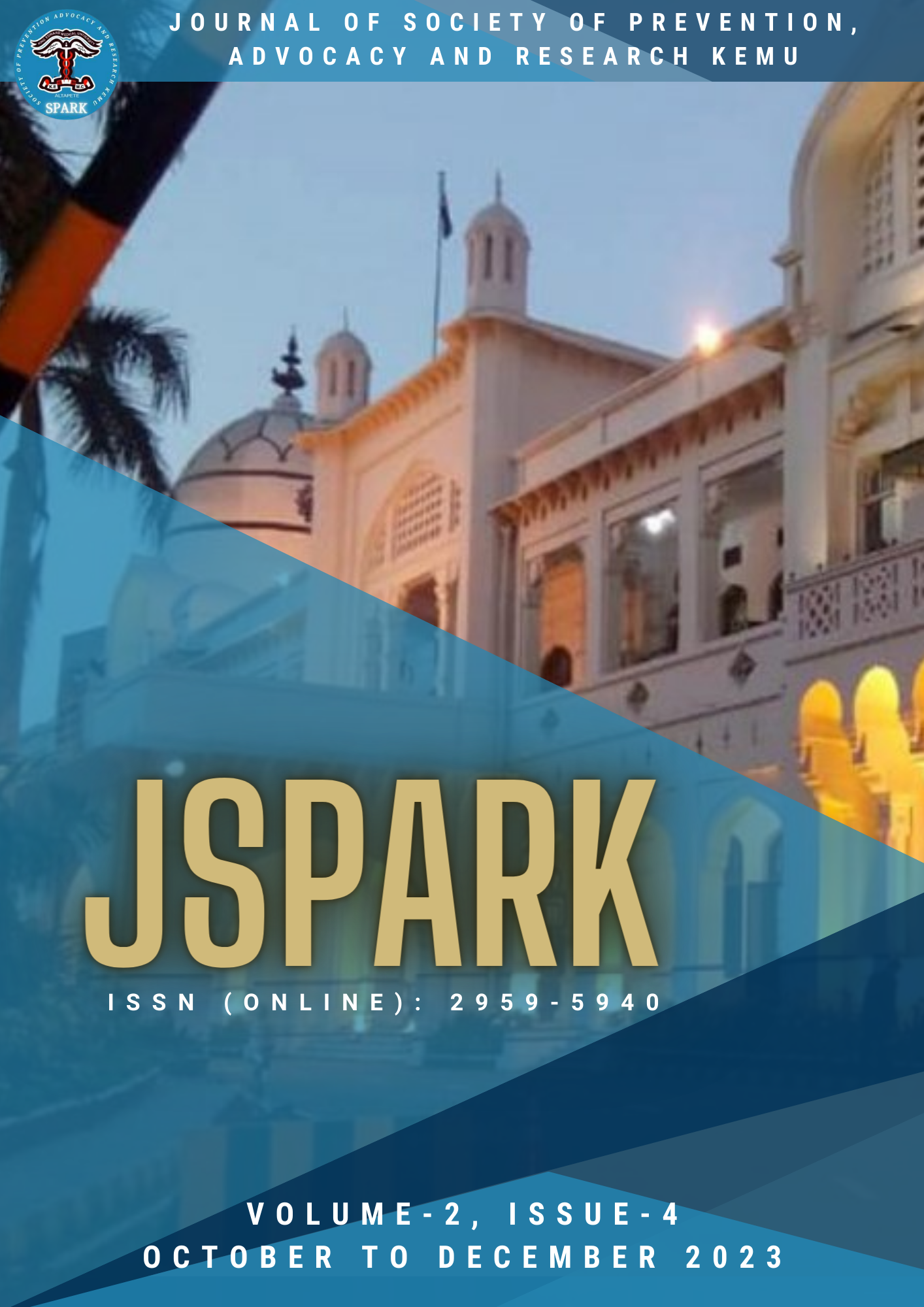Abstract
Background: Suicidal ideation is comparatively higher in the transgender population than in the general population. In addition to the risk factors for suicidality in the general population, transgender people experience unique stressors that enhance their risk for suicidal attempts. It is a very prominent concern showing a high prevalence of not only suicidal ideation but also suicidal attempts, and many end their lives in these attempts. We aimed to accentuate research on this topic, recognize significant mental health disparities, and offer new prospects for future research. Objective: To determine various risk factors for suicidal ideation among Transgenders in South Asia. Methodology: We performed a systematic review using the Preferred Reporting Items for Systematic Reviews and Meta-analysis (PRISMA) on PUBMED and GOOGLE SCHOLAR, specifically using peer-reviewed articles examining risk factors for suicidal thoughts and attempts in transgender people. Articles that were imported in Zotero were 1090. After excluding three duplicates, the remaining articles were screened based on titles and abstracts, and then full-text availability criteria were applied. Applying inclusion and exclusion criteria provides the final articles selected for our research analysis. Seven papers were selected to study risk factors for suicidal ideation and suicidal attempts. Results: Seven papers were selected out of 1900 articles from search criteria. Out of these, four are based in Pakistan, two studies were conducted in Nepal, and 1 in south India. The age range of participants was 16-62 years of age. The total number of participants in the included six studies is 1559, and one used a non-probability sampling technique. All the factors that contributed to a high prevalence of suicidal ideation and suicidal attempts in transgender are highlighted. Conclusions: The quantitative findings showed a high prevalence of biological risk factors such as body dissatisfaction and environmental and social risk factors, including Social discrimination, lack of family support, and low income. Psychological elements also emerged as noteworthy suicidal risk factors encompassing depression, anxiety, and behavioral risk factors like drug abuse. Our analysis can direct policymakers and healthcare professionals about the pressing need to evaluate different risk factors and to think up constructive interventions to lessen suicidal ideation in transgender people.
